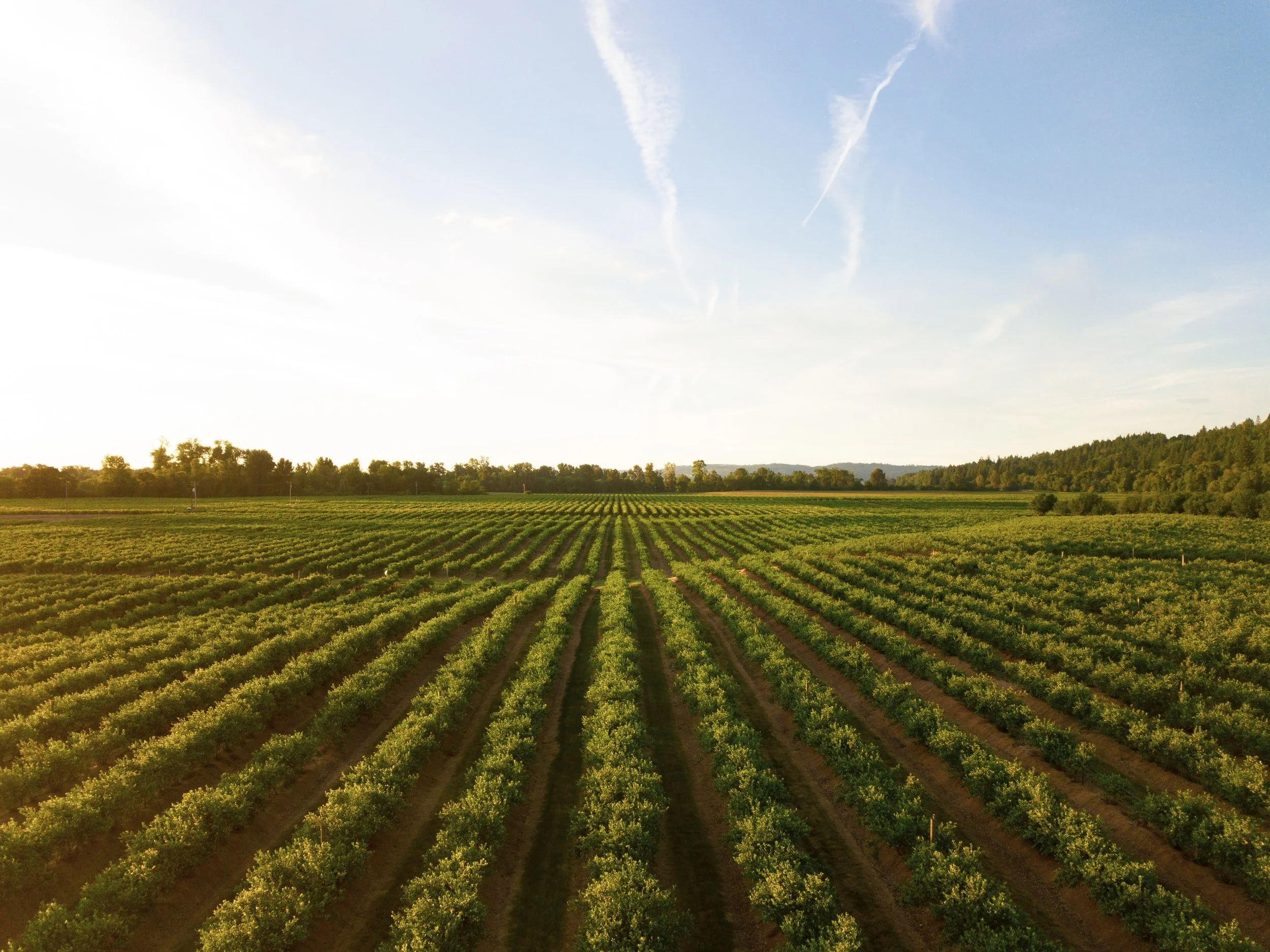
Understanding the Importance of
Evapotranspiration
What is evapotranspiration is and why it is important?
Evapotranspiration = Evaporation + Transpiration
As the sun heats the surface of the Earth, water evaporates from land and water surfaces and transpires, or is released, from plants and re-enters the atmosphere. This combined process is called evapotranspiration, or ET.
ET can be thought of as the opposite of precipitation: Rather than water falling from the atmosphere to the land, ET is water that leaves the land surface and goes back to the atmosphere as water vapor. In the atmosphere, the water from evapotranspiration eventually condenses, forms clouds, and precipitates back to the Earth elsewhere.
As the second-largest component of the water cycle (after precipitation), ET is a critical piece of information both for determining how much irrigation water to apply to fields and for managing water at larger scales.
ET and Consumptive Water Use
Evapotranspiration often approximates consumptive water use, which refers to all of the water within a system that cannot be recovered or reused, and includes water that is consumed by plants or humans, evaporated, or contaminated.
Because water that evaporates and transpires re-enters the atmosphere and travels away from the immediate area, this water is effectively “consumed” and cannot be reused within a watershed. Consequently, ET is a measure of water that is removed from a local system after it has been applied to, or fallen on, the landscape. This is in contrast to water that flows into local drainage or stream systems or recharges groundwater basins.
The typical plant, including any found in a landscape, absorbs water from the soil through its roots. That water is then used for metabolic and physiologic functions. The water eventually is released to the atmosphere as vapor via the plant's stomata — tiny, closeable, pore-like structures on the surfaces of leaves. Overall, this uptake of water at the roots, transport of water through plant tissues, and release of vapor by leaves are known as transpiration. Water also evaporates directly into the atmosphere from the soil in the vicinity of the plant. Any dew or droplets of water present on stems and leaves of the plant eventually evaporates as well. Scientists refer to the combination of evaporation and transpiration as evapotranspiration, abbreviated ET.